How We Help Borneo Fishermen to Maximize Their Income
Case Study : A Fish Finder Device for Middle - Low Fishermen
by Bregga Tedy
Sep 4, 2017 • 5 min read
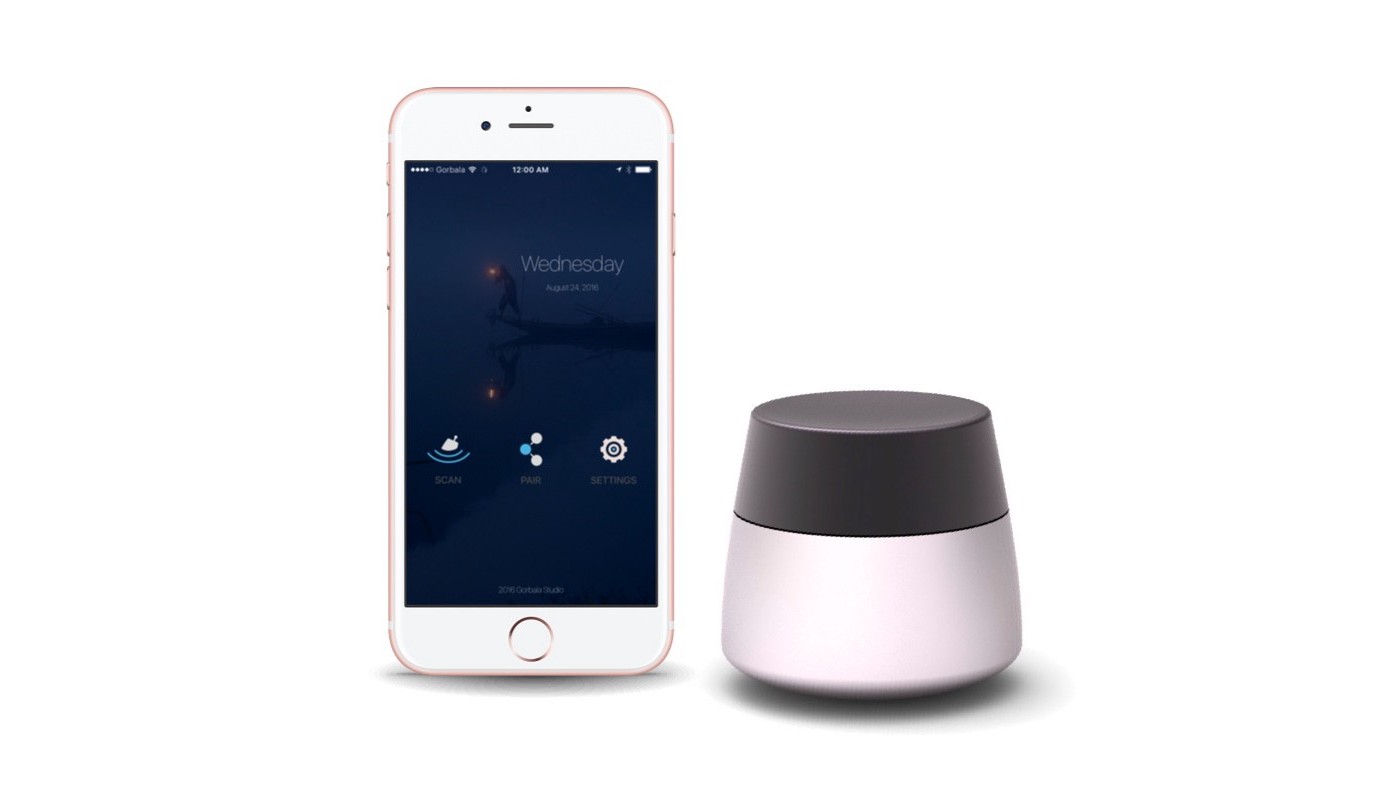
My house in Borneo is located near Melawai beach, every afternoon, I saw many fishermen who came back from the sea. Until someday, I took courage to have a conversation with one of them. He was an old man who fished alone in a skiff in the Makassar Strait and he had gone five days now without taking a fish. Many traditional fishermen here were struggling to stand against big fishing boat. It made the old man and his pals come each day with their skiff empty.
Then, I and my friends decided to give a little help by providing the latest fishing technology which also used by some big fishery company.
We want to elevate traditional fishermen economy by providing the latest fishing technology.
MY ROLE
Kapsul has three co-founders who have different role and expertise; a mechatronics engineer, a mobile developer, and user experience researcher who also works as user interface designer, the last role was handled by me.
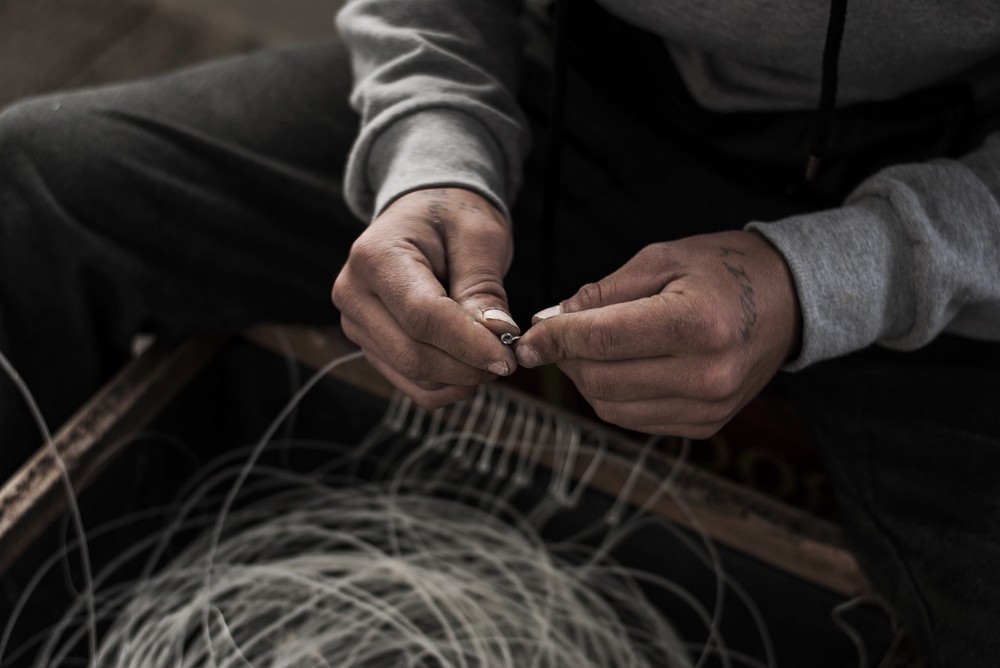
A fishermen install the hook.
THE CHALLENGE
So, how did we help the fishermen? Since most of them are in their forties and fifties, didn’t get enough formal education, not really familiar with smartphone yet, and didn’t have any idea what exactly fishfinder technology was.
After a lot of discussion and careful consideration, we decided to meet them in person. Because we needed to know exactly what kind of solution they really need.
We found that traditional fisherman earns 1 million to 3 million rupiah in average. This amount was relatively small when compared with high living cost in Borneo island.
THE PROBLEM
Based on our research, because of their inefficient traditional practices, their income are continue to fall off. They threw the net using their feeling and intuition, sometimes it works, but they didn’t know why it was working like that, and most importantly they didn’t have any recorded data about it. Meanwhile, big fishery companies are using fish finder technology which able to predict the best spot to catch fishes, of course their catch are much more better than traditional fishermen.
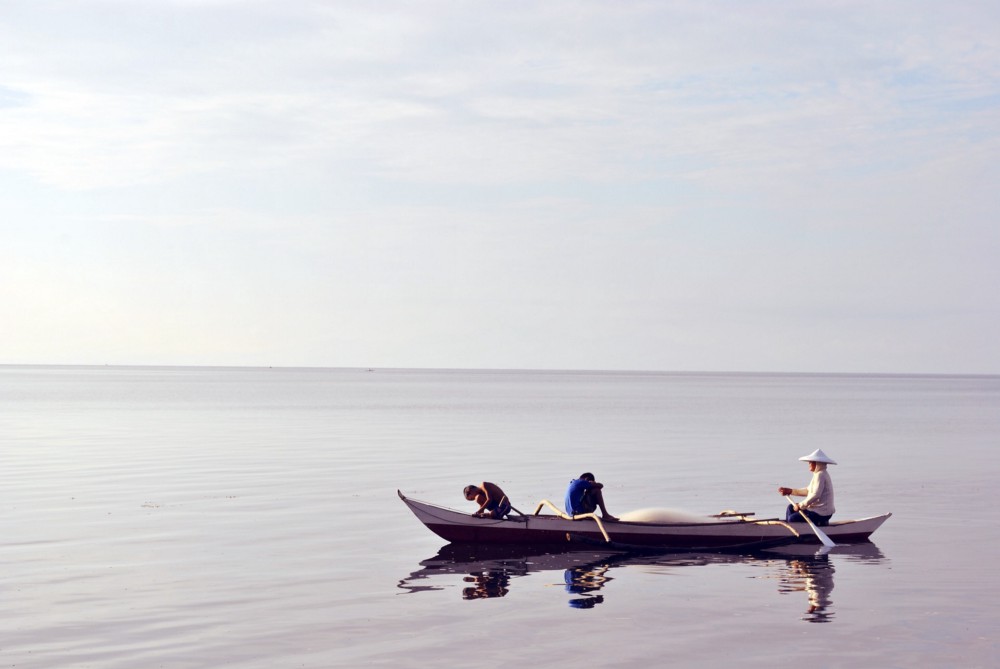
Traditional Fisherman.
One of the most painful obstacle is about 70% of fishermen we met still didn’t familiar using smartphone, considering most of them are not in their young age anymore so that pretty difficult for them to adapt with latest technology. Merely 30% of fisherman left are still in their twenties and technology savvy.
OUR SOLUTION
Designing an affordable fish finder that easy to use was not a simple task to do. We made this fish finder in size of tennis ball, so that it would be easy to handle and carry anywhere, and water resistant. This device will connect to smartphone, displaying fishes location in the ocean as this device be placed.
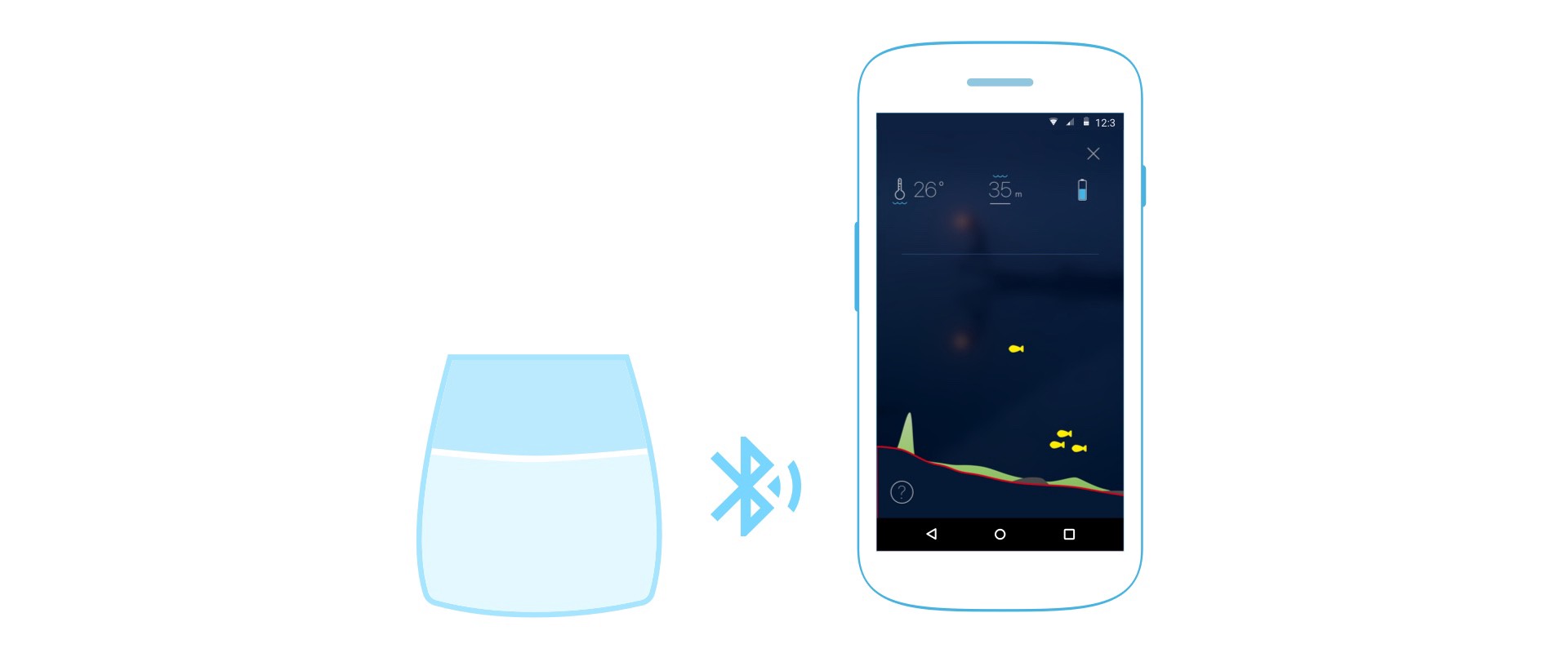
Early illustration about how the device work
CONCEPT & PROTOTYPING
We’ll have two products, fish finder device and its mobile application. At that time, our fish finder device was not ready yet, so we agreed to design the mobile application prototype first. We need to show this prototype to the fishermen we met as soon as possible to gain feedbacks from them. We used a small jar that filled with stone then tied up with some chords as a dummy fish finder device. It resemble a buoy, here is the description of how to use our device.

A dummy prototype to show the fishermen how to use our device.
USABILITY TESTING
We occasionally met with the fishermen to test our fish finder device, but there was still many challenges to deliver our product to them.
- It would be so hard for older people to use our device since they needed to adapt
- Resistant towards change
- Commonly, it would be so hard to change people’s habit
For those reasons, we decided that we need to change our user, it would be really hard for them to adapt to our system if we kept imposing our idea.
RESEARCH (again)
We did a lot of discussion to define our next user, then we agreed to approach a hobbyist fisher, with some of these considerations.
- They are financially capable
- They are already familiar with technology
- Since hobbyist are often accompany traditional fishermen when they went to the sea, hopefully it’ll make them curious and start learning then using our device.
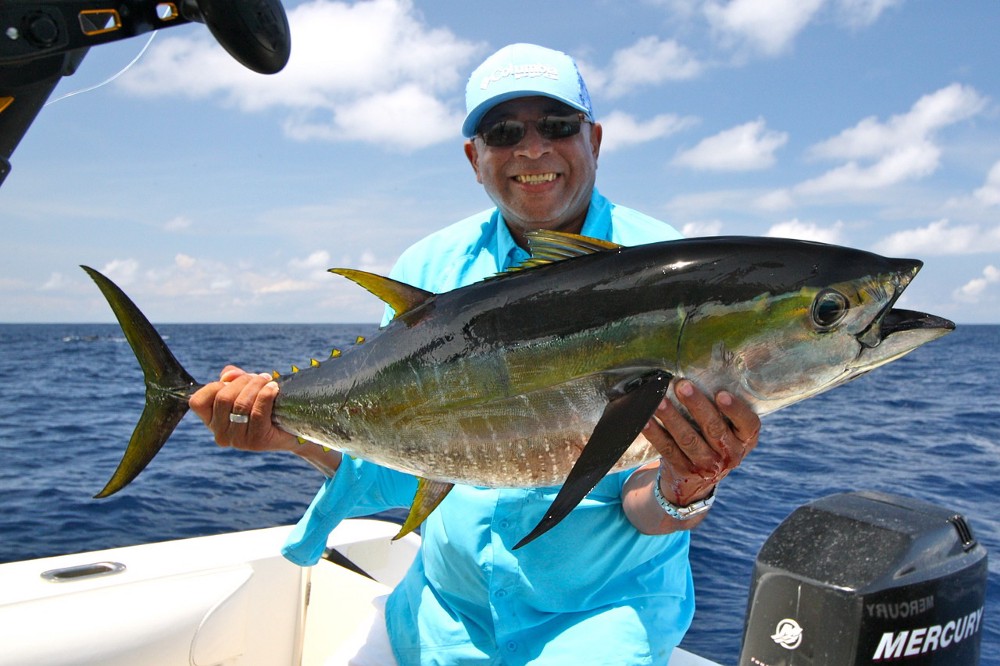
A hobbyist fisher catchs a fish.
USABILITY TESTING, 2nd
Unexpectedly, after did some usability testing, they wanted to know more about our device. Since we still on the development phase, all we did just collecting their contacts and kept noticing them about further updates.
Since they were already familiar with smartphone, so it was easier for us to tell them about our product. On that session, we got a lot of feedbacks for our product improvement.
FINAL DESIGN
Here are some of pages from our final design application. We wanted our device to be maximized by its own apps without reducing its simplicity. Our main intention was to create great user experience for our users.
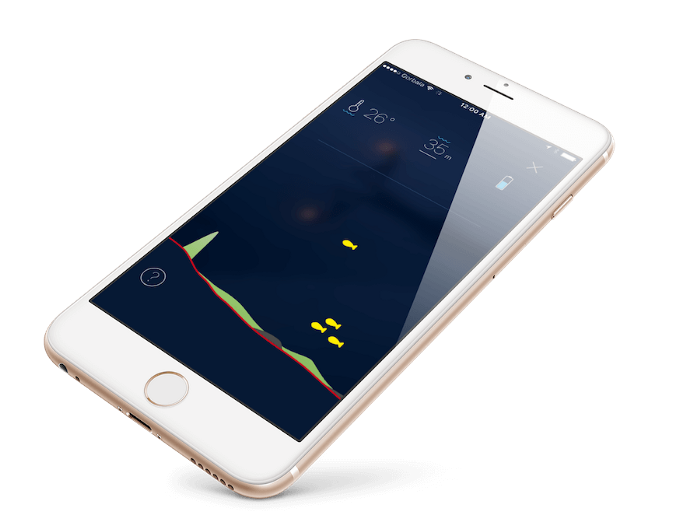
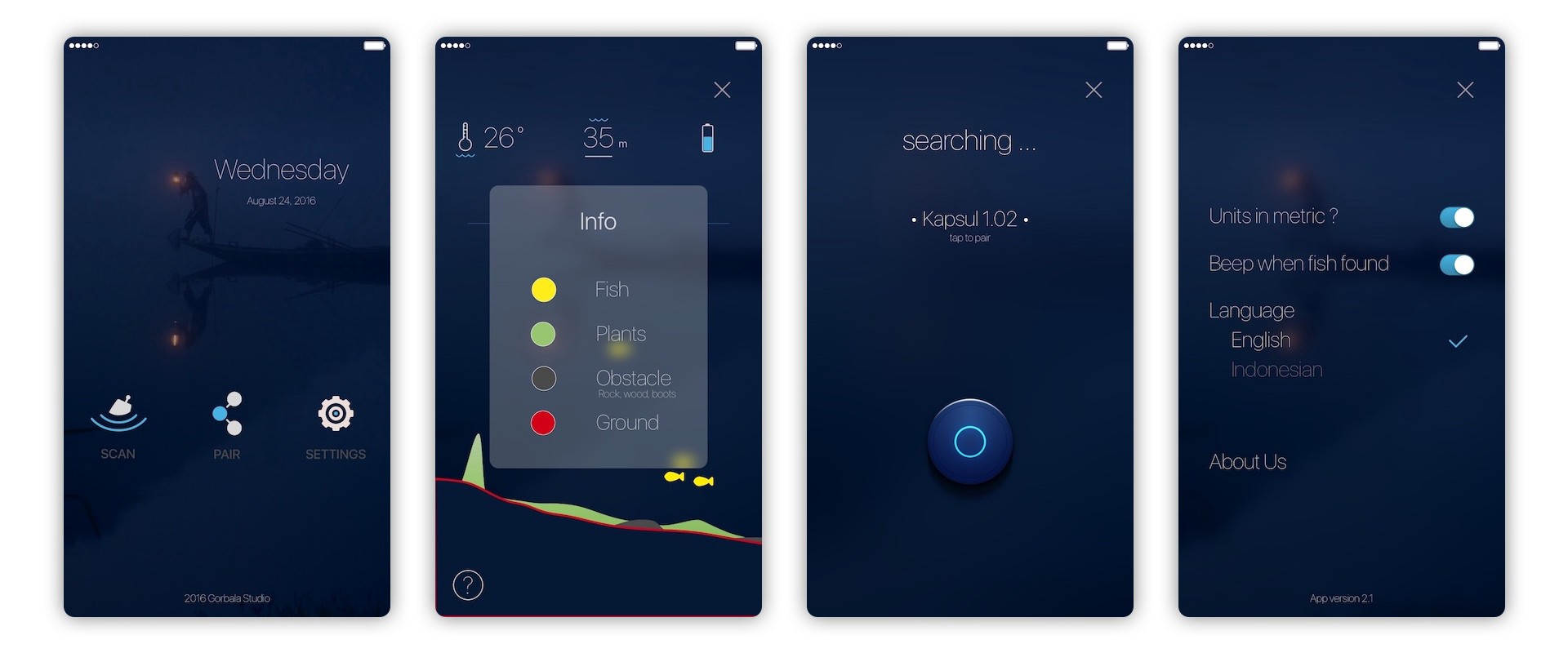
This case study taught me and team how design is really matter in solving the productivity problems of traditional fishermen. Although KAPSUL is just one point of change, it’s important to note that my team has made small changes that could allow for the maximum problem solution.